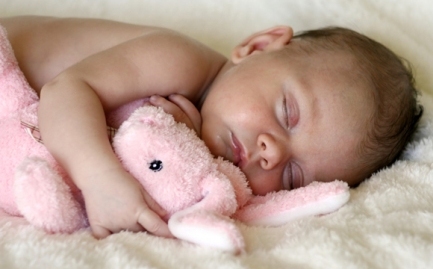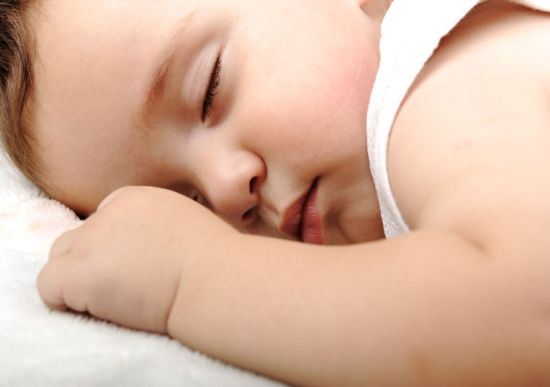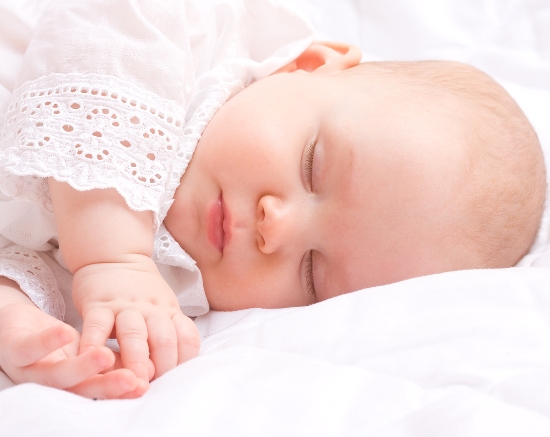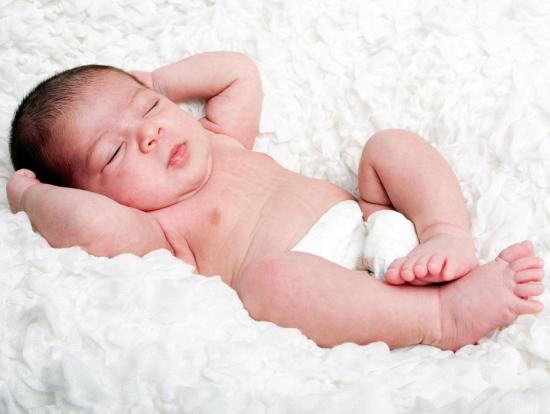Baby sleep patterns tend to vary on the basis of age, although generally kids require 15 hours of sleep in a day. Most of the sleep should ideally take place at night, although it is natural for the little ones to get confused so that they appear wide awake during the night.
Such infant sleep patterns should change by the time they are 6 weeks old which is the time for them to take to the circadian rhythm which most adults follow. Babies have two states of sleep and can be awoken easily than adults. Their sleep cycles are briefer and most babies wake up every hour, after which they can either get back to sleep or stay awake.

Sleep duration of infants
Newborns or infants sleep for the maximum time – 18 hours a day, waking up every 2 to 4 hours for eating. By the time they are 6 months old, the baby sleep patterns alter and sleep time reduces by 12 hours a night and 2 naps a day.
By this time, the baby should be capable of sleeping without food breaks in between the entire night.
At the age of a year, the baby will usually sleep for 10 hours a night, taking 2 naps a day. One nap will be required when they are aged 18 months.
However, infant sleep patterns may vary since some babies sleep for a longer duration at once, whereas others take cat naps throughout the day.
For adults, there are several stages of sleep including REM sleep and deep sleep. Baby sleep patterns on the other hand comprise quiet sleep and active sleep. Although babies do not go for REM sleep technically, they experience the active sleep where their eyelids flutter and breathing is irregular. This is occasionally characterized with crying out as well. As adults in REM sleep, infant sleep patterns in the active stage are featured with frequent waking up, and if not awoken, the kids carry on with their quiet stage.
At this stage, the baby experiences regular breathing without fluttering of the eyelids and little body movement. Such baby sleep patterns are influenced without waking up during the period of quiet sleep which makes it possible for SIDS or sudden infant death syndrome to occur. The cycle of sleep for adults is 100 minutes, whereas that for babies is only up to a total of 60 minutes.
At the end of this hour, babies generally awake to eat or get back to sleep to commence the cycle again. Usually, infant sleep patterns are well established by the time they are 6 months old.
This is when they start experiencing non rapid eye movement or NREM sleep. Such baby sleep patterns testify to their taking on the adult sleeping pattern, although the usual sleep cycle does not attain 100 minutes. Such infant sleep patterns take place only when the baby starts going to school. For developing a healthy sleep routine, parents should note the signs of sleepiness including yawning, rubbing the eyes and face, and fussing.














